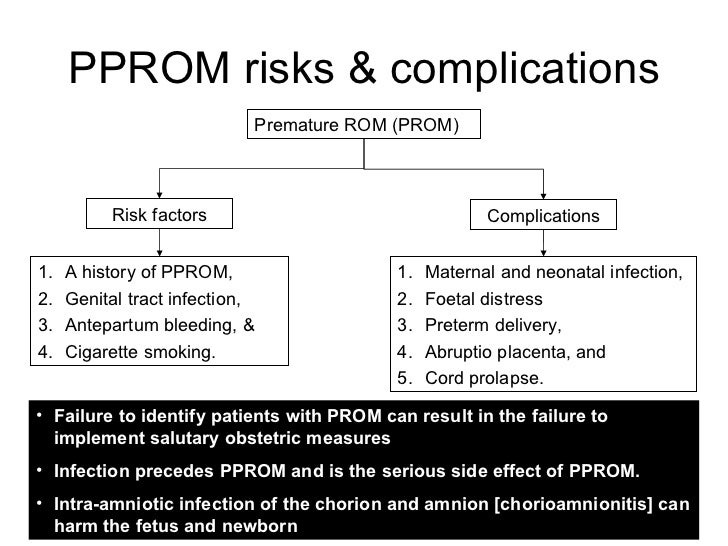

The results demonstrated similar strains of S. Samples of amniotic fluid, vagina, chorioamniotic membranes, and maternal blood were taken for aerobic cultures. mitis septicemia in a woman presenting with PPROM and clinical chorioamnionitis.

mitis is one of the polymicrobial microorganisms detected in the mid-trimester amniotic fluid of women who subsequently had fetal death. Antecedent cunnilingus and dental scaling are proposed to be associated with S. mitis was identified in placental culture. There have thus far been two case reports of acute histological chorioamnionitis caused by S. mitis), a member of viridans streptococci, is prevalent in the normal flora in the oropharynx. Subsequently, other oral bacteria such as Capnocytophaga spp., Rothia dentocariosa and Eikenella corodens have also been detected in amniotic fluid. from dental plaque and amniotic fluid, which suggests an oral origin of amniotic fluid microorganism infection. identified similar strains of Fusobacterium nucleotum (F. While an ascending migration from the vagina is preponderant, pathogens may also gain access to the amniotic cavity by other pathways such as hematogenous dissemination or accidental introduction at the time of an invasive prenatal procedure. The frequencies of intra-amniotic infection/inflammation in preterm labor and PPROM are approximately 30% and 50%, respectively. Intra-amniotic infection and/or inflammation is causally linked with spontaneous preterm birth and preterm prelabor rupture of membranes (PPROM). Oral cavity examination should be included in the prenatal care to ensure good dental hygiene. We highlighted the association of periodontal disease and preterm labor/PROM syndrome. mitis which might be attributed to periodontitis in women presenting with preterm PROM. This is the first case report demonstrating maternal septicemia and intra-amniotic infection caused by S. After the delivery and antibiotic prescription, oral examination showed dental caries and chronic periodontitis. In addition to a blood culture, the cultures of amniotic fluid, vaginal and chorioamniotic membrane swabs were positive for Streptococcus mitis with identical susceptibility profiles. A Cesarean section was performed to terminate pregnancy. She developed fever at 4 h after admission and was later diagnosed with acute chorioamnionitis. Case presentationĪ 31-year-old gravida 1, para 0 Thai woman at 33 +6 weeks’ gestation presented with leakage of vaginal fluid and irregular uterine contraction. Distant microorganisms such as those from the oral cavity have been reported in intra-amniotic infection through hematogenous spreading. The most common route of intra-amniotic infection is the ascending pathway in which microorganisms from the vagina gain access to the amniotic cavity. Intra-amniotic infection has a strong causal association with spontaneous preterm birth and preterm prelabor rupture of membranes (PPROM).


 0 kommentar(er)
0 kommentar(er)
